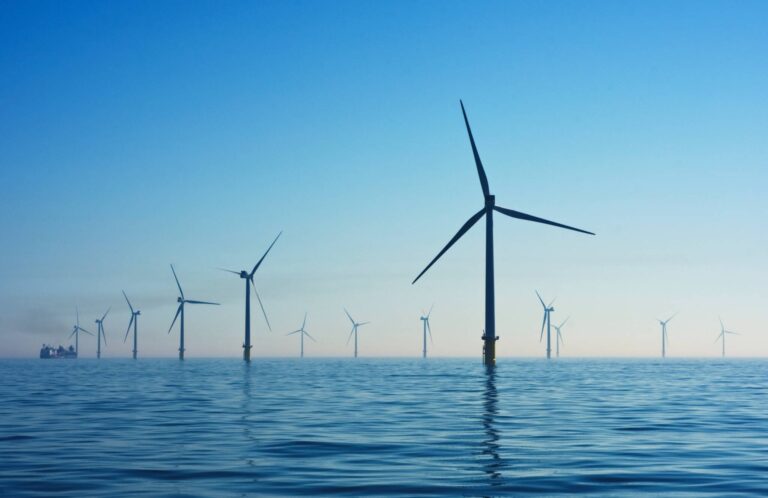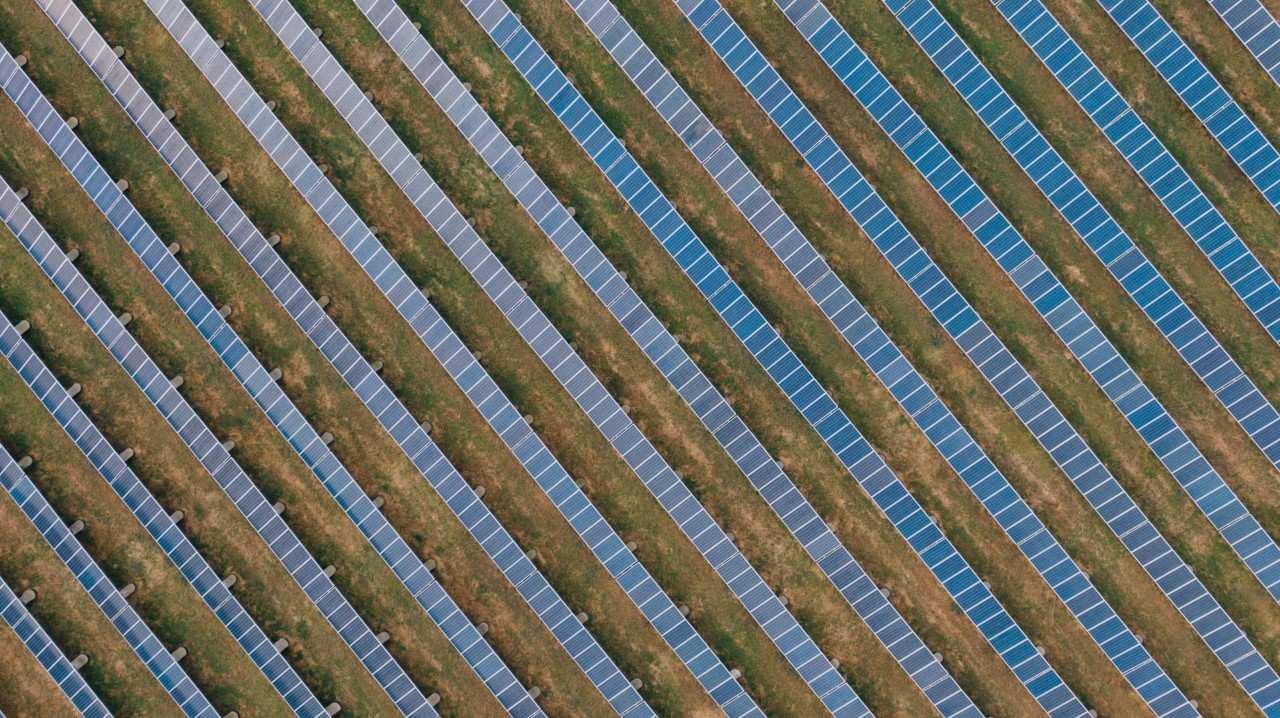By Alexandra Kroger – 8/19/22
We’ve Won this Battle, but Let’s Not Lose Focus of the Larger Climate War
It might not be obvious from the name of the legislation, but the ‘‘Inflation Reduction Act of 2022,’’ recently signed into law by President Joseph R. Biden, is not just any victory for renewable energy; it is literally the “single biggest climate investment in U.S. history.” All told, the IRA devotes $369 billion in financial incentives to achieve emissions-reducing economic and social reforms.
It’s been a long road, and it’s worthwhile to reflect on the early version of the legislation and the challenges it faced along the way. While the Build Back Better Framework was released in early 2021, the most logical starting point for the IRA is the Build Back Better Act, a legislative package proposed by the White House in October 2021 which directed $555 billion to investments in the clean energy economy, in addition to over $1 trillion in spending for healthcare, education, housing, tax reform, and other priorities. The proposal was groundbreaking in its approach; tax credits and grants for clean energy development, manufacturing and grid technology were joined by greenhouse gas reduction projects and directed spending on environmental justice and disadvantaged communities.
The U.S. House of Representatives passed the Build Back Better Act in November 2021, but difficulties awaited in the U.S. Senate. A few key senators refused to support the legislation, whether for the energy provisions themselves, or other aspects of the bill like its tax provisions. The result was that the legislation remained in limbo, with furious negotiating efforts behind the scenes and a number of highly visible protests demanding climate action, including one by Capitol Hill staffers at the end of July. It’s been a nailbiter for the clean energy and climate action communities (staff of The Energy Co-op included), but a breakthrough in the Senate allowed for passage of the revised package in the form of the IRA, and following passage by the House as well, the law was signed by the president.
The IRA is being hailed for consumer incentives for energy efficient technologies and residential solar energy, and for a wide array of tax credits to support manufacturing of clean energy technology, deployment of utility-scale renewable energy and storage technology, and production and purchase of clean electric vehicle technologies. Like any comprehensive legislative reform, compromise elements are included to appease the other side of the energy aisle, such as annual quotas for the federal leases for oil and gas development and measures to allow fast-tracking of fossil fuel pipeline construction. On balance, however, the strong support from the climate community, and the dismay from fossil fuel interests, suggest that the bill is a clear win for climate; the Brookings Institution estimates that for every ton of emissions expected to be added by the law’s fossil fuel provisions, there will be a corresponding reduction of 24 tons of emissions thanks to all the clean energy provisions.
At the end of the day, big, exciting news from the nation’s capital still leaves us with some important, open questions – in our case, what does the Inflation Reduction Act mean for energy in Pennsylvania, and for Pennsylvanian energy consumers? Given the significance of the natural gas and coal industries in Pennsylvania, the fossil fuel provisions matter – the Black Lung Benefits Disability Trust Fund Act has been permanently extended in the legislation, which will provide critical health and medical care support to Pennsylvania’s coal miners and their families. The natural gas industry will now be responsible for paying a fee for methane that is lost to the atmosphere during the production process, which will incentivize improvements to reduce emissions of a greenhouse gas that is estimated to be as much as 80 times more potent than carbon dioxide. While procedural restrictions in budget reconciliation legislation prevented the inclusion of measures without direct budgetary impact, the IRA set the stage for permitting reforms which will make development of natural gas pipelines and other projects easier.
The commitment to permitting reform is great news for clean energy as well, because construction of renewable energy projects and infrastructure will also be fast-tracked. As the third largest producer of power in the country, and the single largest producer in the regional grid interconnection PJM, the impacts for the state’s energy economy will be considerable. Pennsylvania currently ranks 23rd in the country for solar capacity, and 20th for wind capacity, and the streamlining of project approvals together with the tax credits and other incentives provided for renewable energy in the IRA could substantially reform the state’s energy profile.
The renewable development opportunities offered by the federal legislation may be hindered at the regional level, however, by the backlog of new projects in PJM and the 2-year pause on interconnection review. At a logistical level, supply chain challenges, such as those resulting from bans on imports from countries using forced labor, could increase the cost of solar equipment for projects in the United States. The IRA provides potential solutions to several of those obstacles; the Solar Energy Industries Association predicts that the clean technology manufacturing provisions of the legislation could double the solar-manufacturing workforce, potentially increasing supply and driving down costs. This can include new clean energy technology manufacturing facilities within Pennsylvania! The IRA also has a strong emphasis on facilitating the development of new transmission capacity, which is essential for additions of new renewable energy generation.
The ink may just barely be dry on the IRA, but there are already challenges to the attainment of progress on its climate-focused actions, especially here in Pennsylvania. Billions of dollars in available federal spending may not go far if stymied by grid management bureaucracy and supply chain obstacles, and when you add in a fossil fuel-funded climate inaction movement, a clean energy future is far from certain. Being a member of The Energy Co-op is a great start to show your commitment to a clean energy economy; adopting a sustainable lifestyle, actively supporting renewable energy policies and reforms at the state level and voting for candidates who support clean energy and climate action will get us even farther. When our electricity grid, primarily powered by fossil fuels, has resulted in steadily higher rates over the past two decades, we have nothing to lose, and everything to gain, by demanding a clean energy future from our leaders in government and industry.





